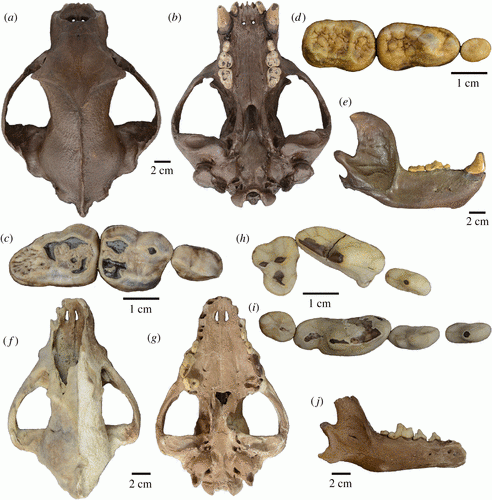Pet Dogs Sniff Out Skeletal Remains Of Fish-Like Creature On Beach

Two pet dogs have sniffed out the skeletal remains of a sea creature, believed to be 65 million years old, on a beach in Stolford, Somerset, the United Kingdom.
Jon Gopsill, 54, was walking his dogs, Poppy and Sam, on the beach when they discovered a five-and-a-half foot long fossilized sea-creature. It surfaced ashore due to the recent storms, according to The Telegraph.
He informed the Somerset Heritage and the Natural History Museum. "I realised straight that it was amazing, museum quality stuff, as soon as I saw it I knew I found something special,” he said.
Gopsill, who identifies himself as “an amateur fossil hunter,” and boasts of a collection of ammonites, the spiral shell of fossilized marine mollusks, said he was “just blown away to see it there.” The remains bore resemblance with a fish but its head was missing.
Dr. Mike Day, curator in the Earth Sciences department at the Natural History Museum said the skeleton was probably of an ichthyosaur, a large extinct marine reptile.
“Looking at this specimen, based on the number of bones in the pectoral paddle, the apparent absence of a pelvic girdle, as well as the distinctive 'hunch' of the back, this is likely to be the remains of an ichthyosaur,” he said. “It is not possible to identify the exact type of ichthyosaur from these images alone however.”
West Somerset’s northern bays have a reputation of fossil sightings. A jawbone fossil of an ichthyosaur was found last year on the Somerset coast. Scientists believe the marine reptile could have been 85-feet-long, pretty much similar to a blue whale. They also said it lived 250 million years ago during the Triassic Period and dominated the oceans.






















